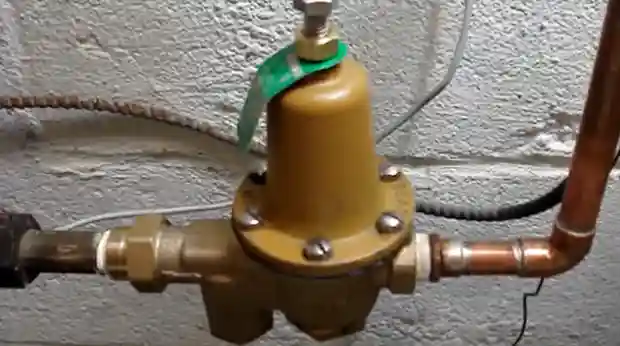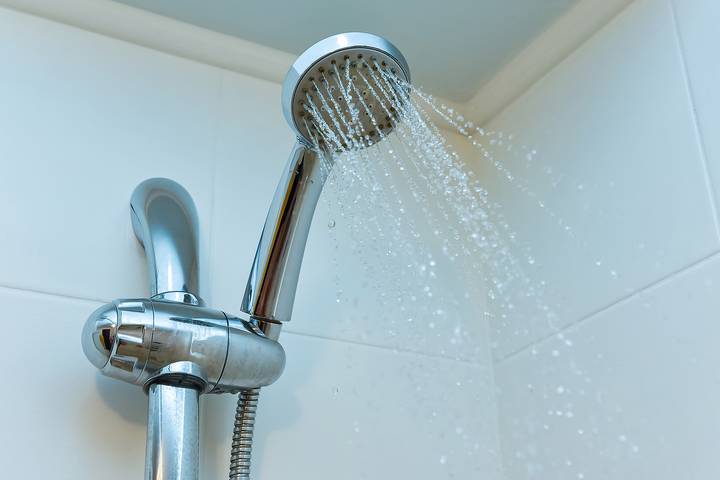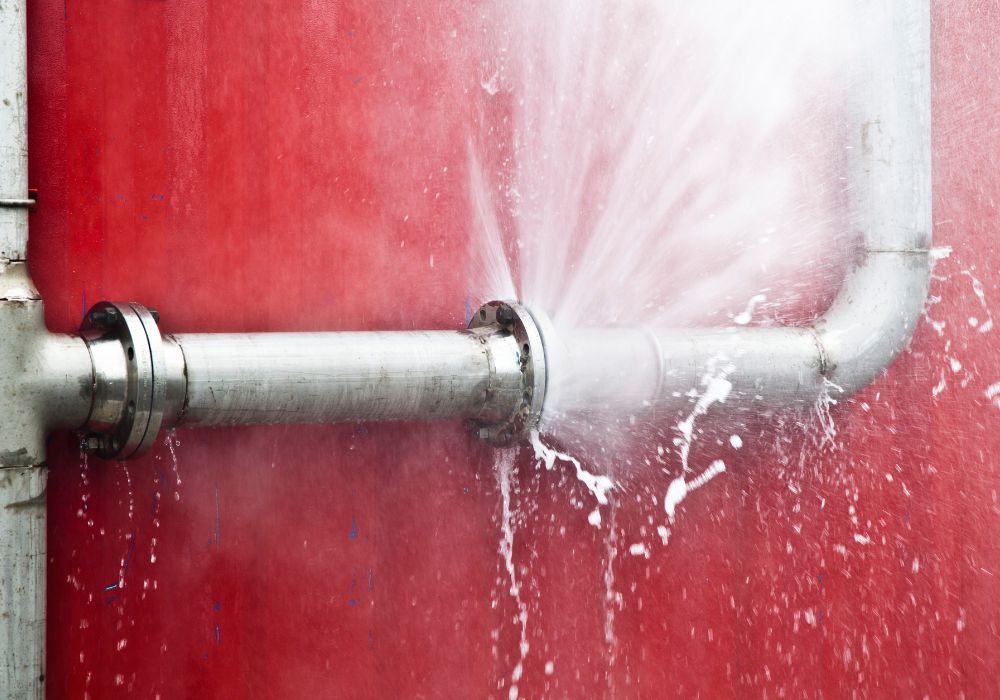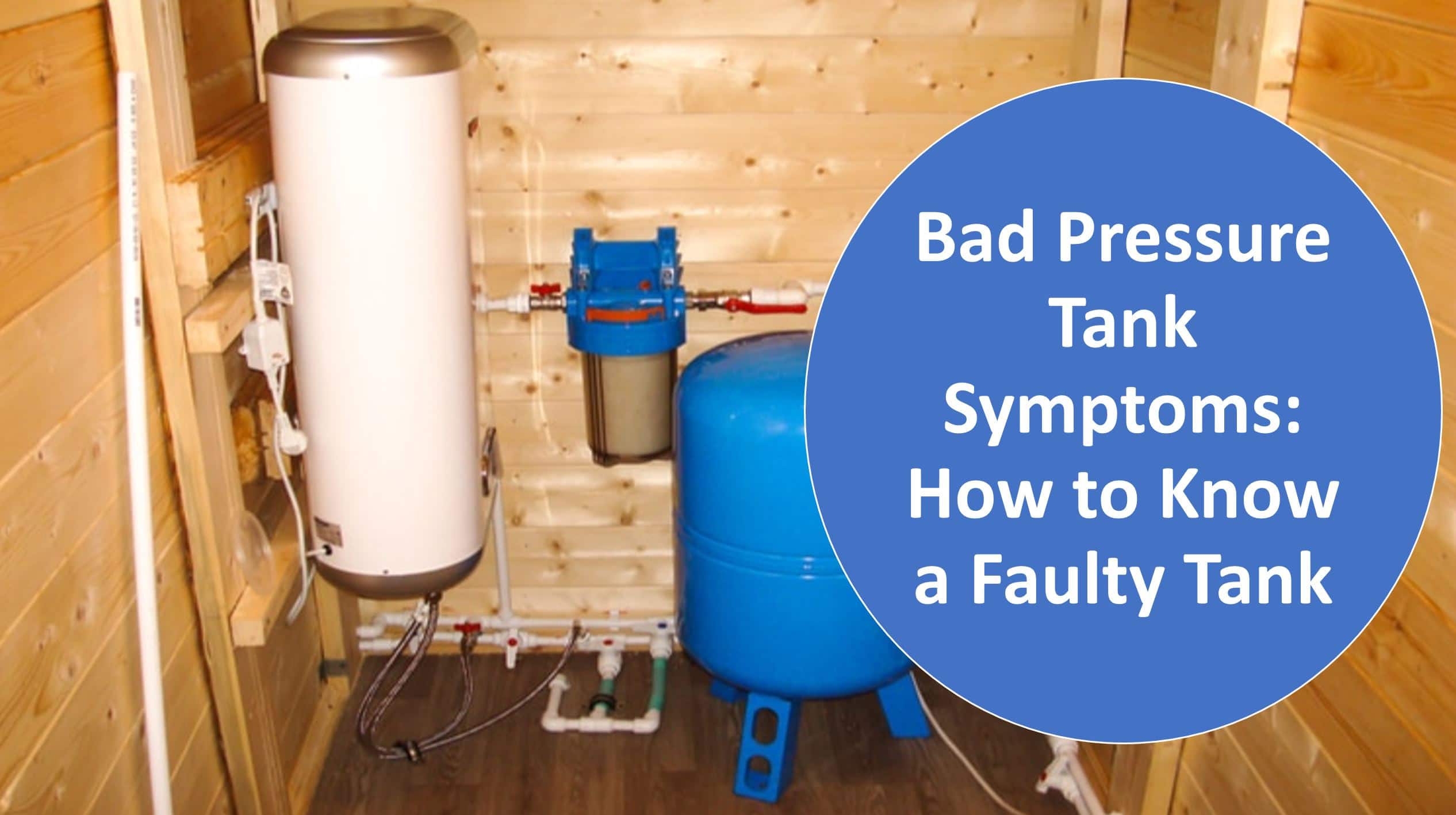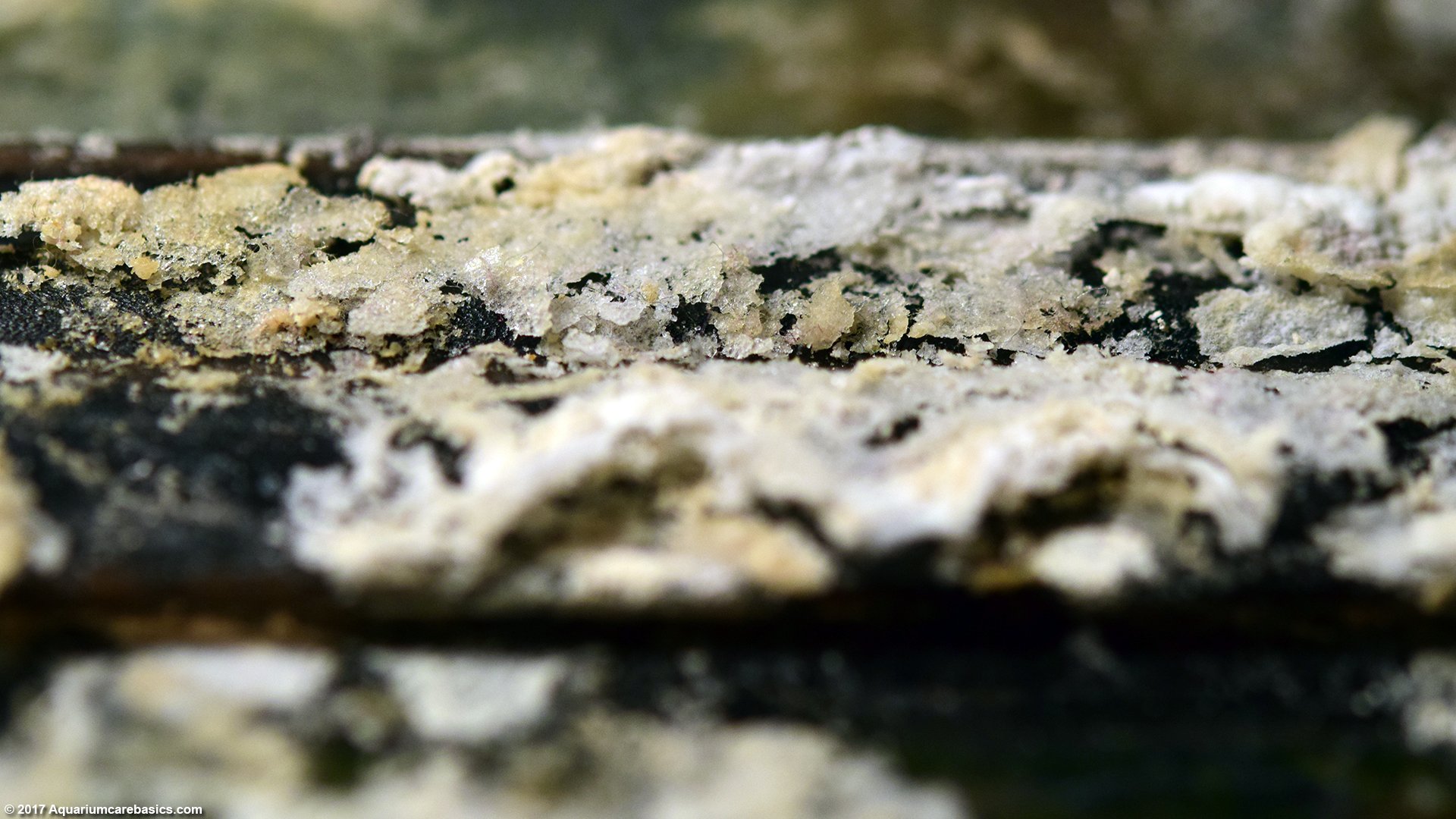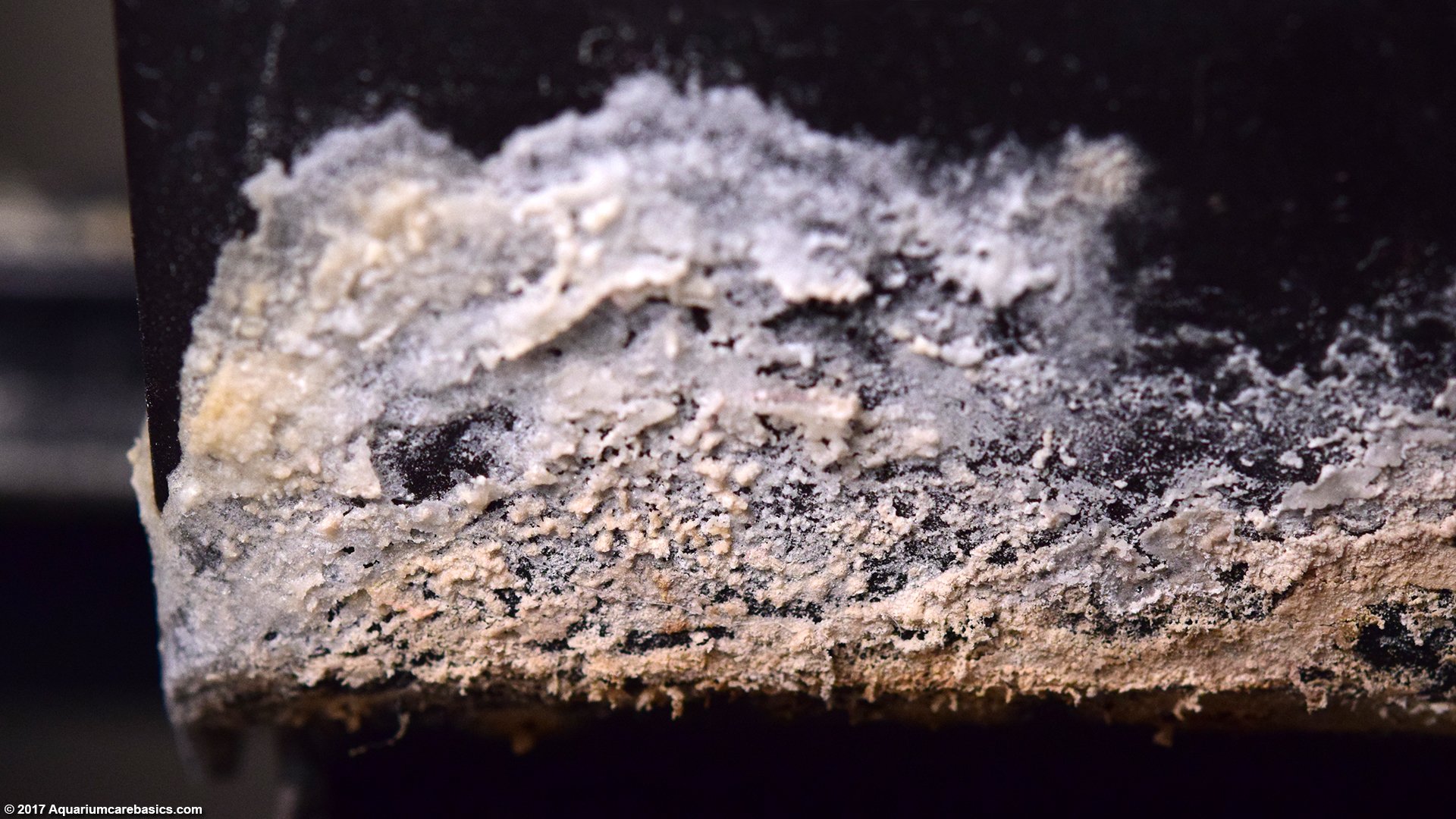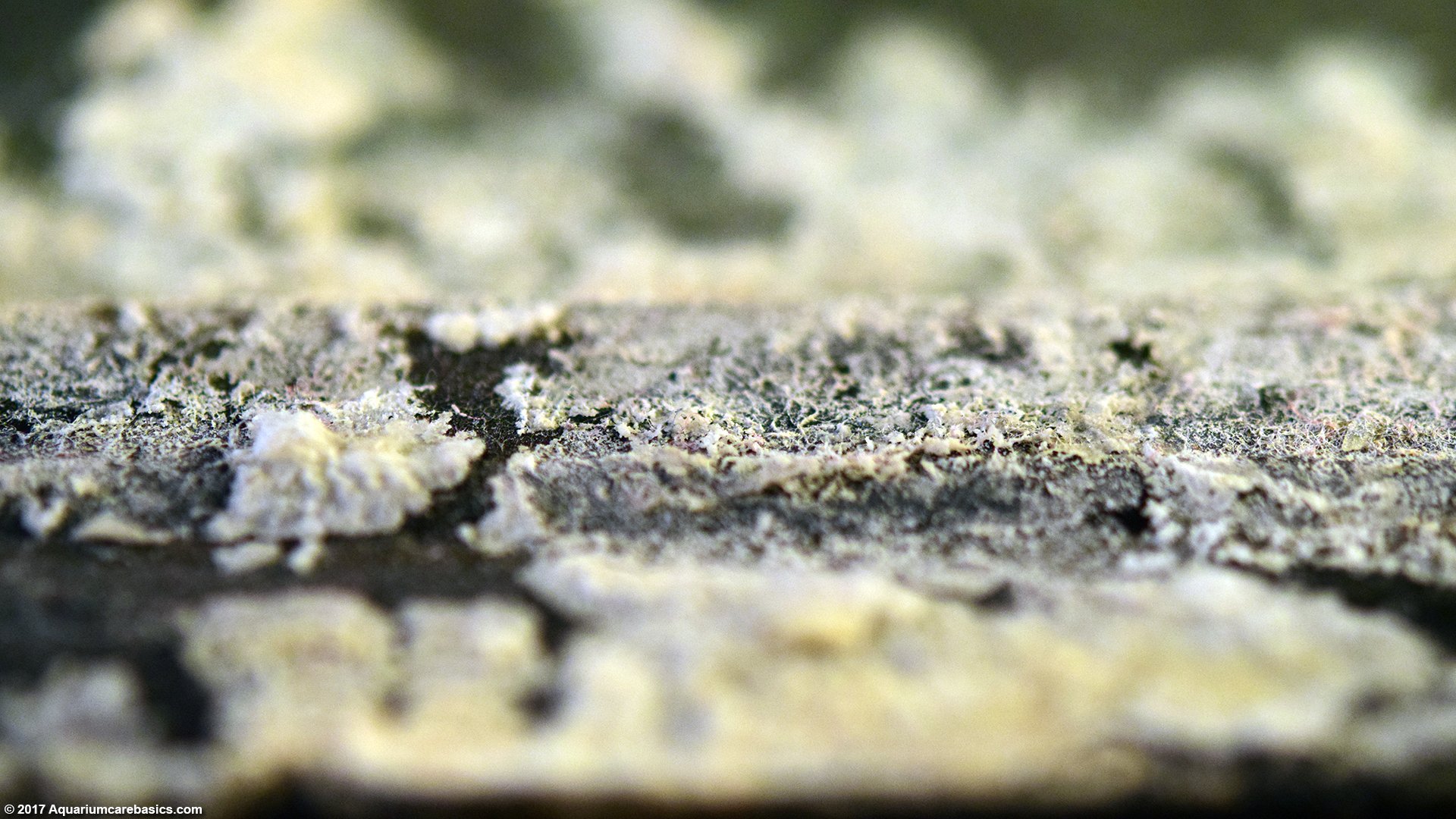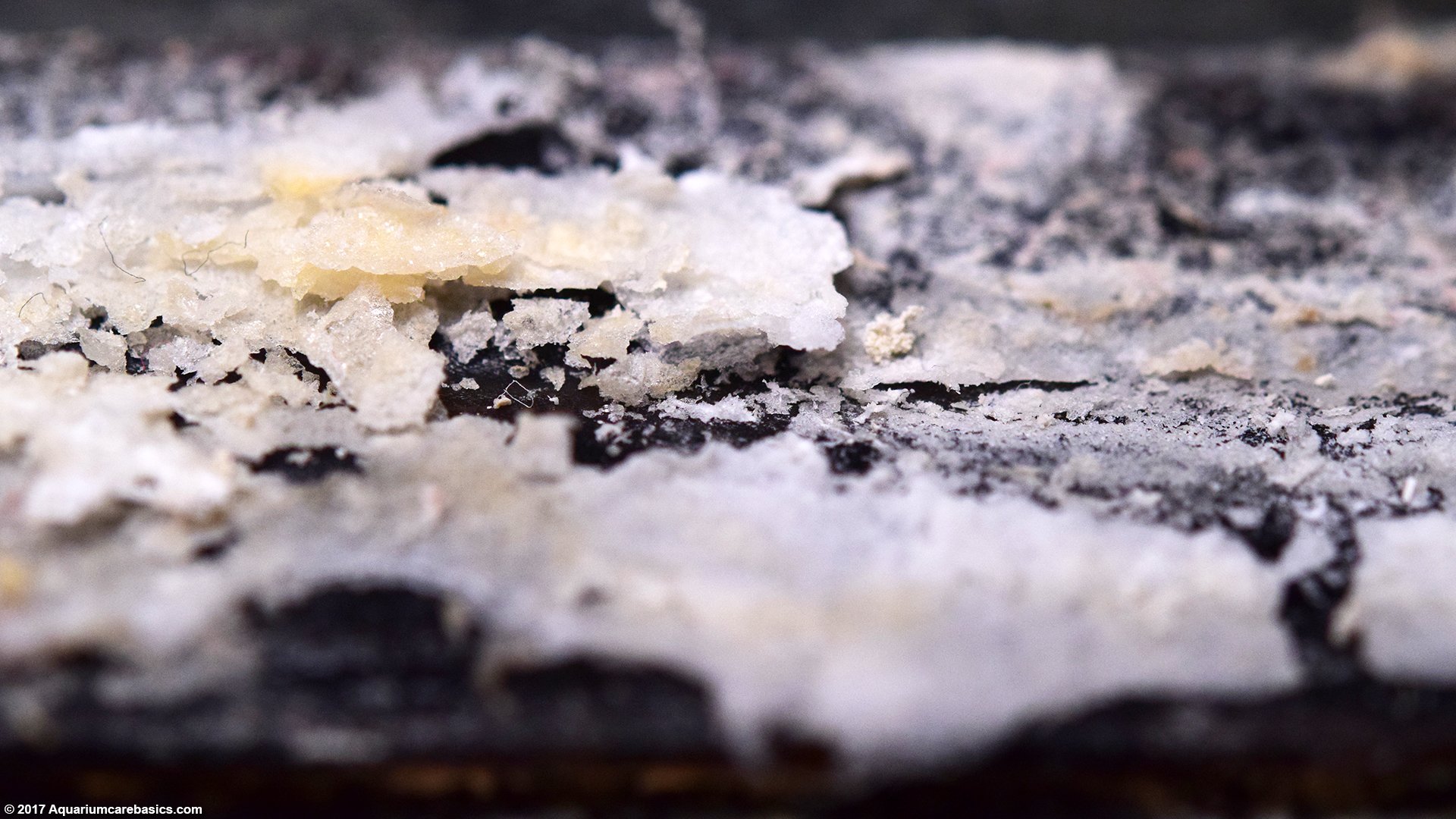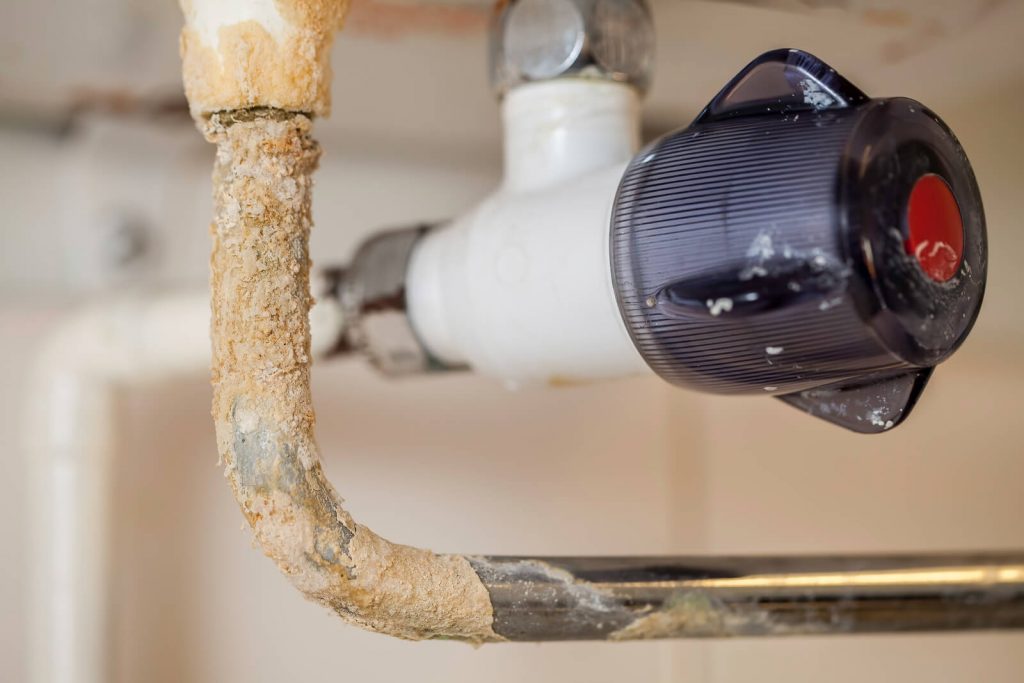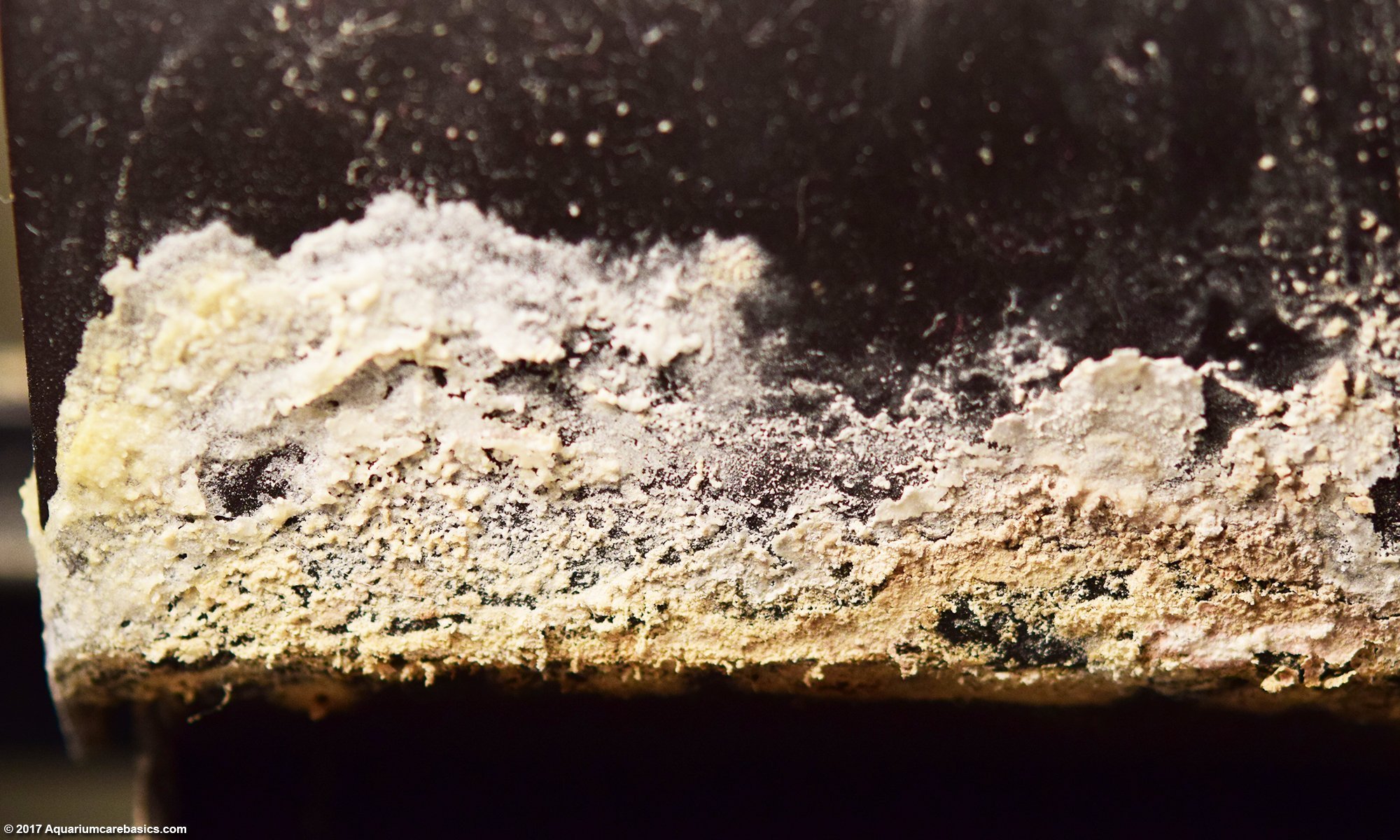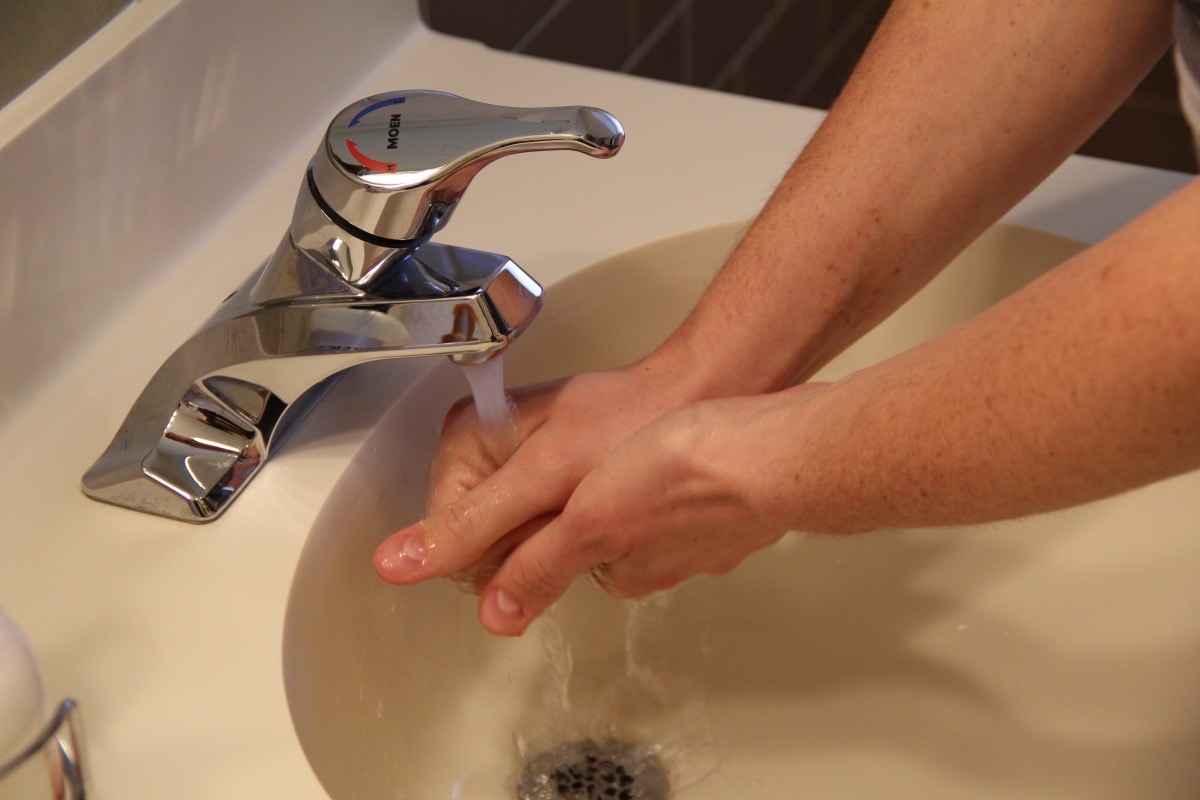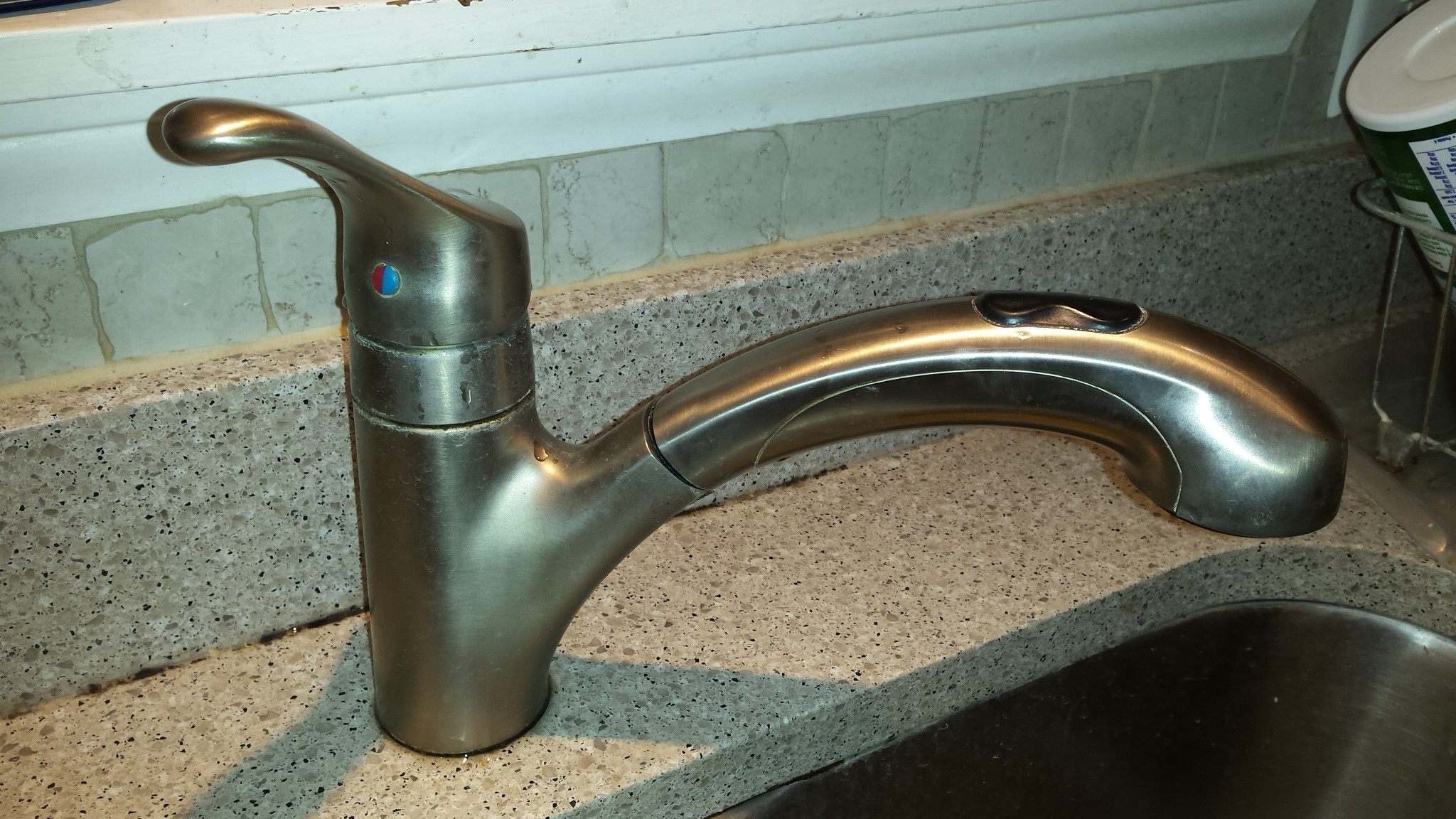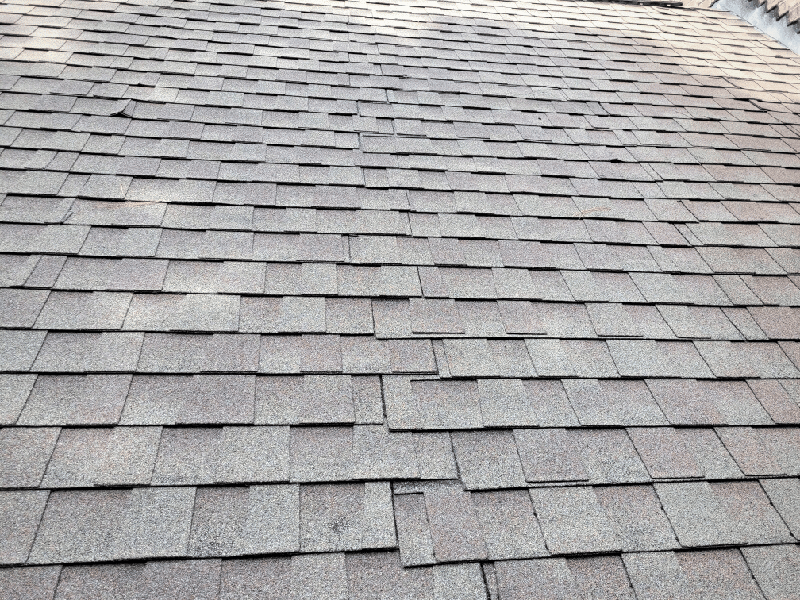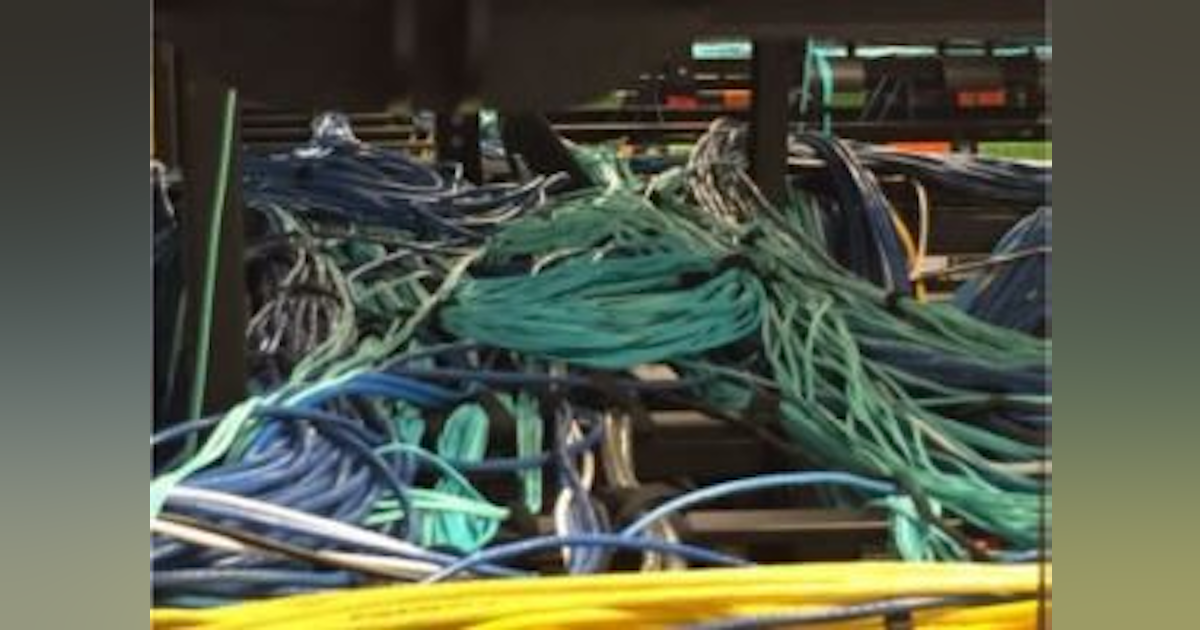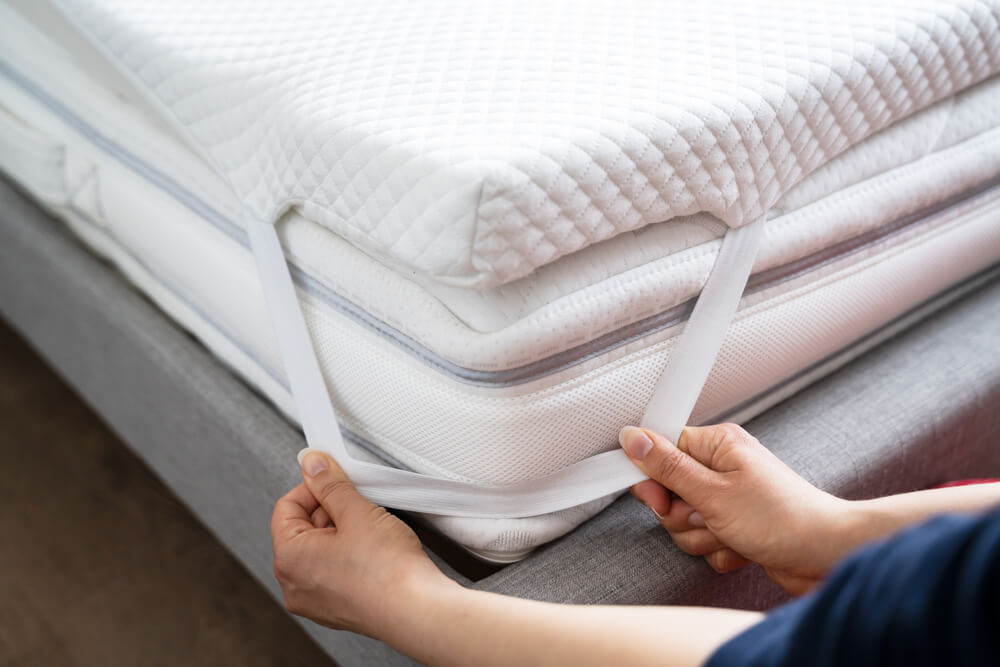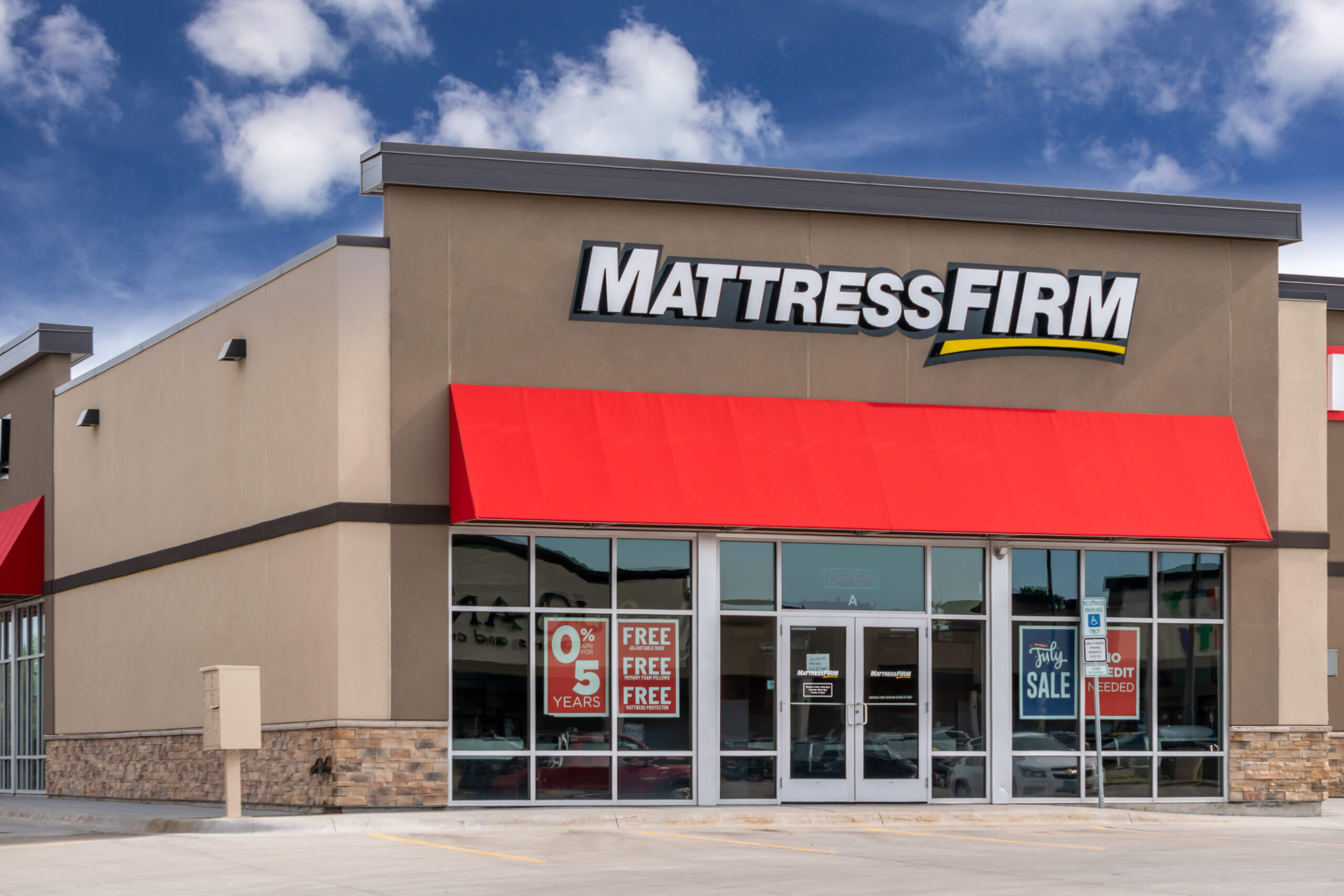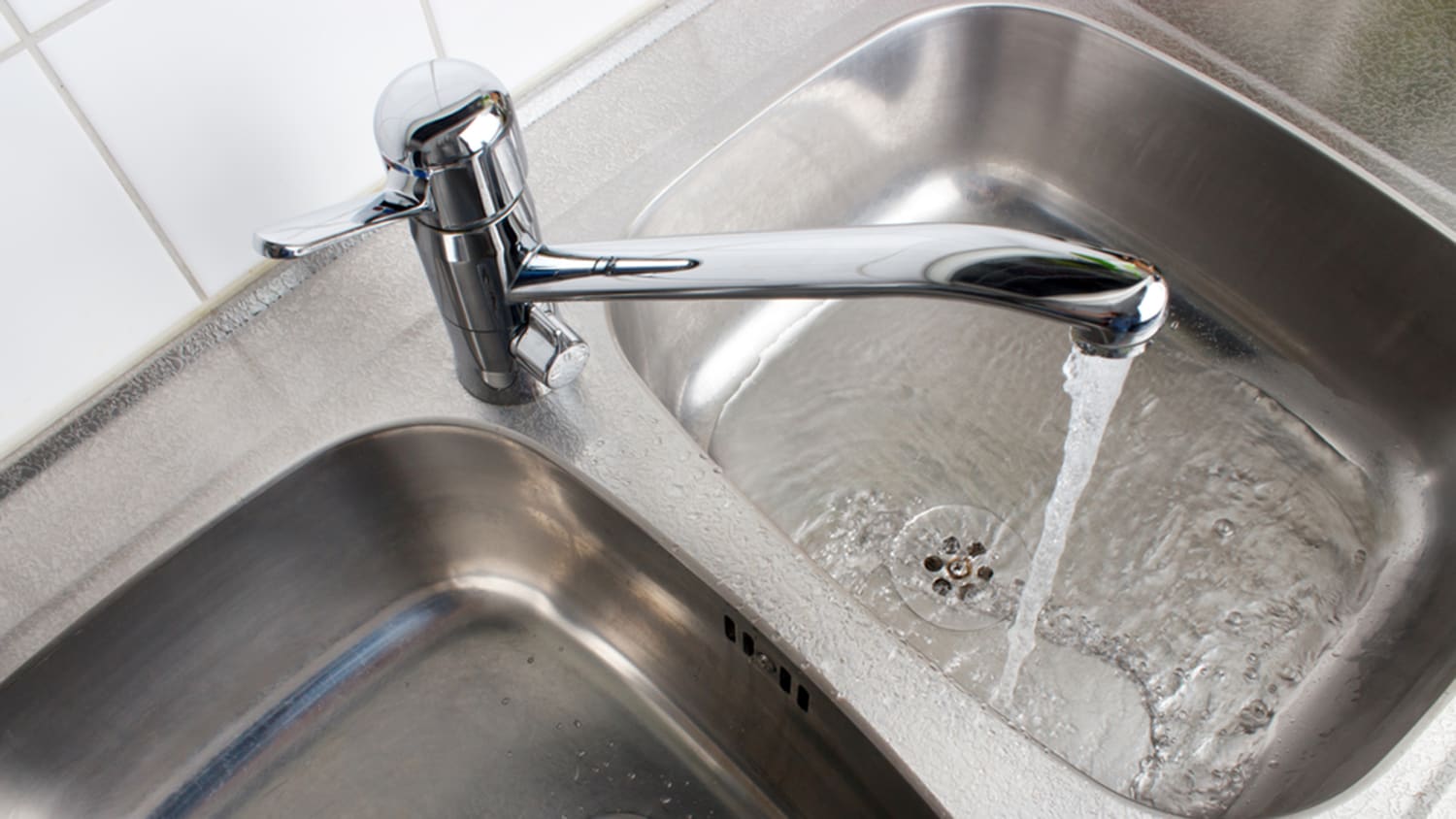One of the main causes of a leaky bathroom sink faucet is a corroded valve seat. The valve seat is located inside the faucet and is responsible for controlling the flow of water. Over time, the valve seat can become corroded due to exposure to water, minerals, and other debris. This can cause the seat to become damaged, leading to leaks.1. Corroded Valve Seat
The O-ring is a small rubber ring that is located around the stem of the faucet. Its purpose is to create a watertight seal and prevent leaks. However, over time, the O-ring can become worn out or damaged, causing leaks to occur. This is a common issue with older faucets and can be easily fixed by replacing the O-ring.2. Worn Out O-Ring
The washer is another small component that is responsible for creating a watertight seal in the faucet. If the washer becomes loose or damaged, it can cause leaks to occur. This is a common issue with older faucets, and it is important to regularly check and replace the washer to prevent leaks.3. Loose or Damaged Washer
In modern faucets, the cartridge is the part that controls the flow and temperature of the water. If the cartridge becomes damaged or worn out, it can cause leaks to occur. This is a more serious issue and may require professional help to replace the cartridge.4. Broken Cartridge
The valve stem is responsible for controlling the flow of water in the faucet. If the valve stem becomes damaged or worn out, it can cause leaks to occur. This is a less common issue, but it can happen over time due to wear and tear.5. Damaged Valve Stem
Another common cause of leaky bathroom sink faucets is faulty water pressure. If the water pressure is too high, it can cause the faucet to leak. This is because the force of the water can wear down the components of the faucet over time, leading to leaks. It is important to regulate the water pressure to prevent this from happening.6. Faulty Water Pressure
Mineral buildup, also known as limescale, can occur in the faucet over time. This buildup can block the flow of water and cause leaks to occur. It can also damage the components of the faucet, leading to further leaks. Regularly cleaning and removing mineral buildup can help prevent this issue.7. Mineral Buildup
The faucet handle is the part that controls the flow and temperature of the water. If the handle becomes loose or damaged, it can cause leaks to occur. This is a common issue with older faucets and can be easily fixed by tightening or replacing the handle.8. Loose or Damaged Faucet Handle
In some cases, the faucet body itself may become cracked, causing leaks to occur. This can happen due to wear and tear or from accidental damage. If this is the case, the faucet may need to be replaced to prevent further leaks.9. Cracked Faucet Body
Lastly, improper installation of the faucet can also lead to leaks. If the faucet is not installed correctly, it can cause the components to become loose or damaged, leading to leaks. It is important to have a professional install your faucet to ensure it is done correctly and prevent future leaks.10. Improper Installation
Causes of a Leaky Bathroom Sink Faucet

Improper Installation
 One of the main causes of a leaky bathroom sink faucet is an improper installation. When a faucet is not installed correctly, it can lead to leaks and other plumbing issues. This is often the case when homeowners attempt to install a new faucet themselves without the proper knowledge or tools. Small mistakes in the installation process, such as not tightening the connections enough or using the wrong type of sealant, can result in leaks over time. It is important to hire a professional plumber to ensure that your bathroom sink faucet is installed correctly and to avoid future issues.
One of the main causes of a leaky bathroom sink faucet is an improper installation. When a faucet is not installed correctly, it can lead to leaks and other plumbing issues. This is often the case when homeowners attempt to install a new faucet themselves without the proper knowledge or tools. Small mistakes in the installation process, such as not tightening the connections enough or using the wrong type of sealant, can result in leaks over time. It is important to hire a professional plumber to ensure that your bathroom sink faucet is installed correctly and to avoid future issues.
Worn Out or Damaged Parts
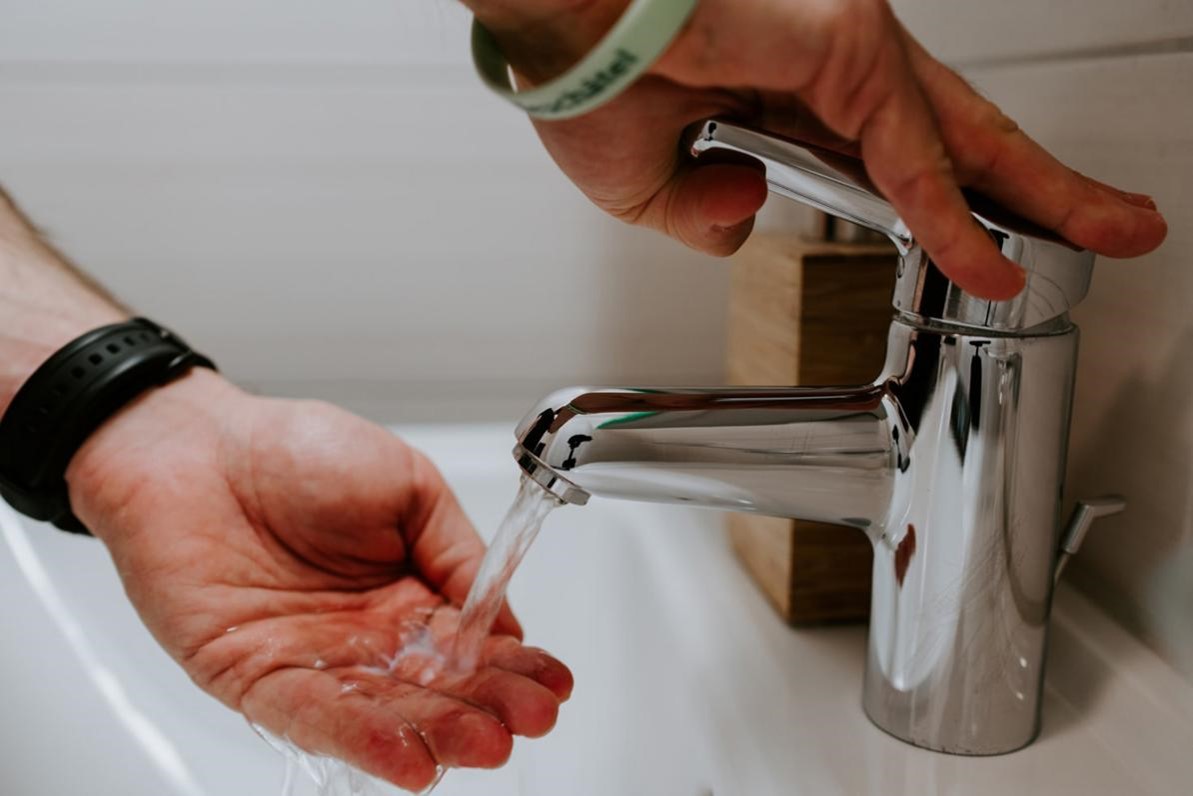 Over time, the parts of a bathroom sink faucet can become worn out or damaged, resulting in leaks. The most common parts that may need to be replaced are the O-rings, washers, and seals. These parts are responsible for creating a watertight seal and when they become worn or damaged, water can seep through and cause leaks. Additionally, the cartridge or valve mechanism inside the faucet can also wear out and cause leaks. Regular maintenance and replacing worn out parts can prevent leaks from occurring.
Over time, the parts of a bathroom sink faucet can become worn out or damaged, resulting in leaks. The most common parts that may need to be replaced are the O-rings, washers, and seals. These parts are responsible for creating a watertight seal and when they become worn or damaged, water can seep through and cause leaks. Additionally, the cartridge or valve mechanism inside the faucet can also wear out and cause leaks. Regular maintenance and replacing worn out parts can prevent leaks from occurring.
Hard Water Buildup
 Hard water, which is water with a high mineral content, can also be a culprit for a leaky bathroom sink faucet. When hard water flows through the faucet, it can leave mineral deposits behind, which can build up and clog the faucet's aerator. This buildup can cause the faucet to leak or have reduced water flow. Regularly cleaning the faucet's aerator and using a water softener can help prevent hard water buildup and extend the lifespan of your bathroom sink faucet.
Hard water, which is water with a high mineral content, can also be a culprit for a leaky bathroom sink faucet. When hard water flows through the faucet, it can leave mineral deposits behind, which can build up and clog the faucet's aerator. This buildup can cause the faucet to leak or have reduced water flow. Regularly cleaning the faucet's aerator and using a water softener can help prevent hard water buildup and extend the lifespan of your bathroom sink faucet.
Excessive Water Pressure
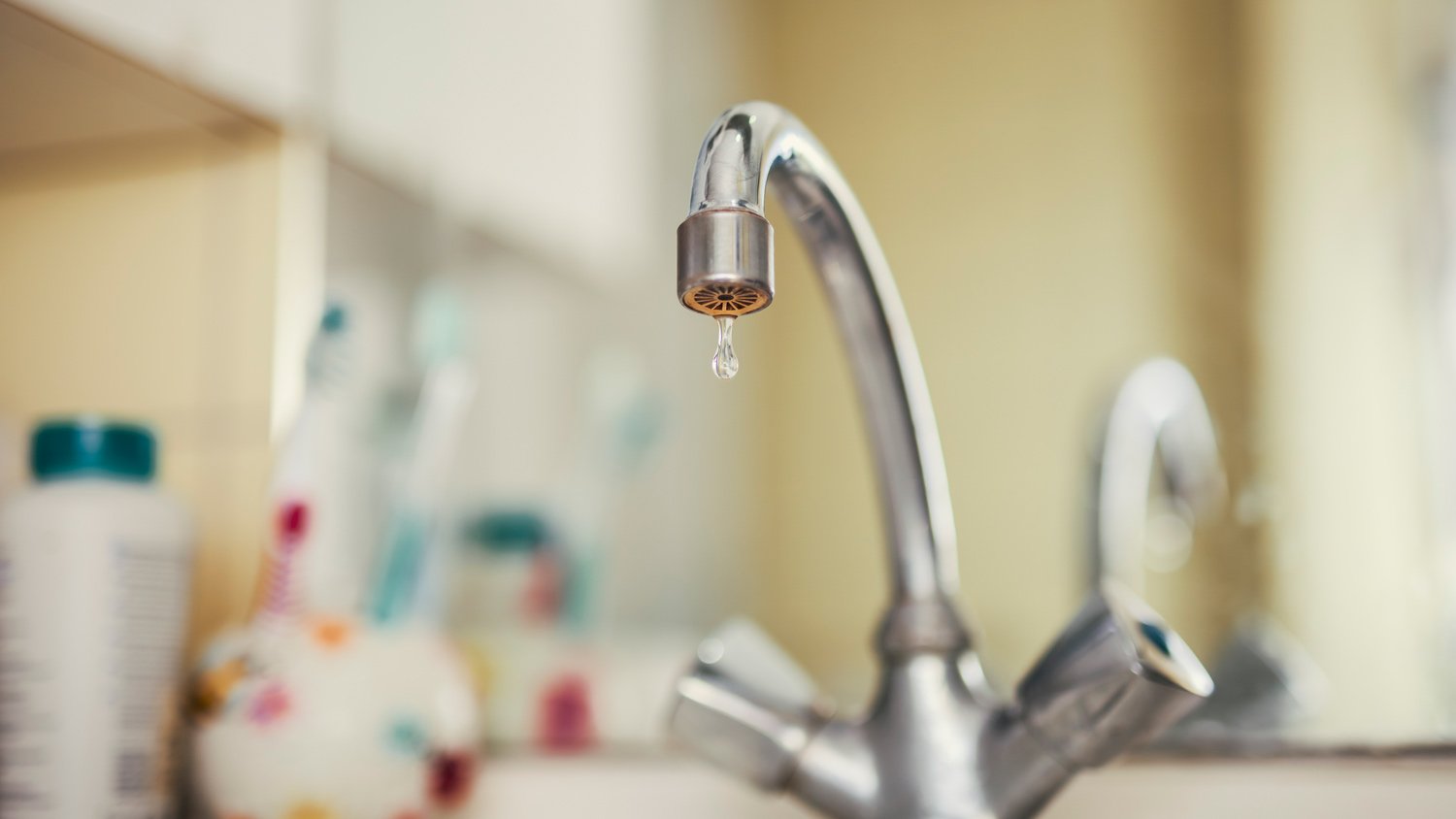 High water pressure can put strain on your bathroom sink faucet and cause it to leak. If your faucet is constantly leaking, it could be a sign that your water pressure is too high. You can check your home's water pressure with a pressure gauge and adjust it if necessary. Installing a pressure regulator can also help control the water flow and prevent leaks.
In conclusion, a leaky bathroom sink faucet can be caused by a variety of factors such as improper installation, worn out parts, hard water buildup, and excessive water pressure. It is important to address these issues promptly to avoid further damage and potential water waste. Regular maintenance and hiring a professional plumber for installation can help prevent leaks and ensure your bathroom sink faucet functions properly.
High water pressure can put strain on your bathroom sink faucet and cause it to leak. If your faucet is constantly leaking, it could be a sign that your water pressure is too high. You can check your home's water pressure with a pressure gauge and adjust it if necessary. Installing a pressure regulator can also help control the water flow and prevent leaks.
In conclusion, a leaky bathroom sink faucet can be caused by a variety of factors such as improper installation, worn out parts, hard water buildup, and excessive water pressure. It is important to address these issues promptly to avoid further damage and potential water waste. Regular maintenance and hiring a professional plumber for installation can help prevent leaks and ensure your bathroom sink faucet functions properly.



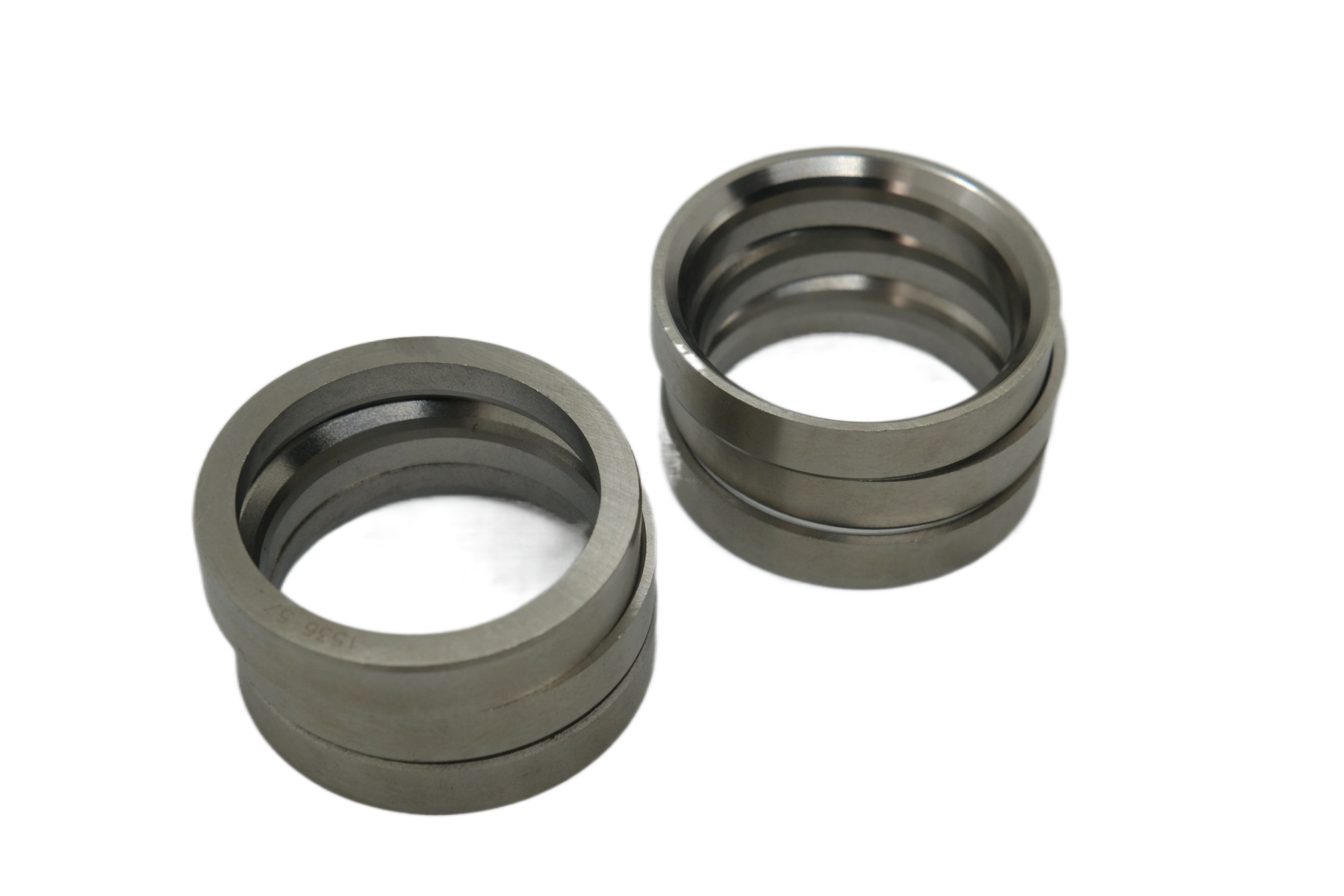
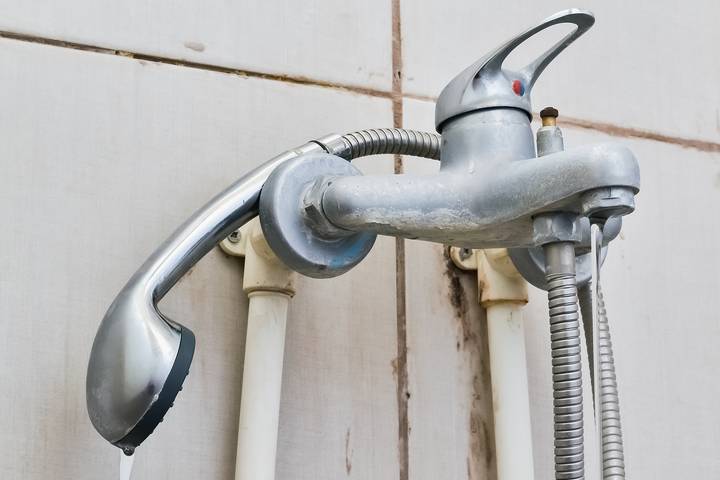
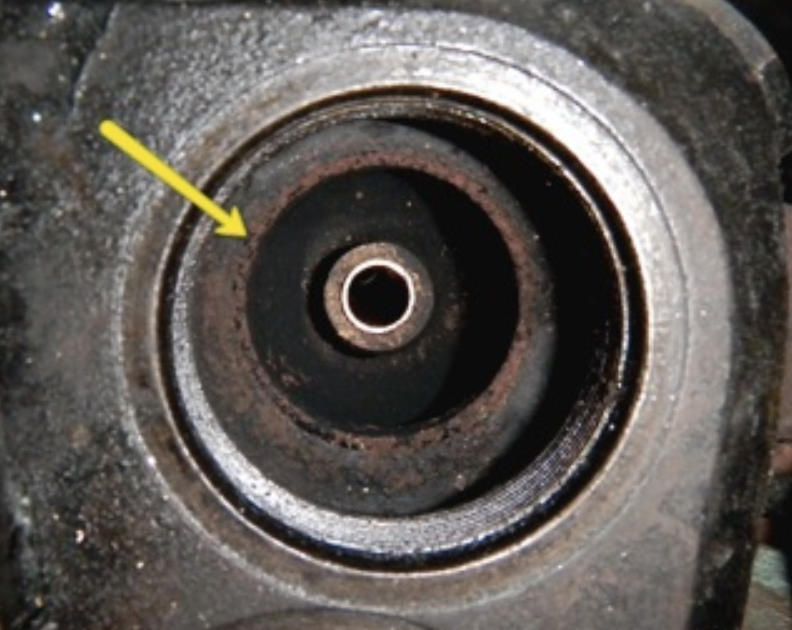
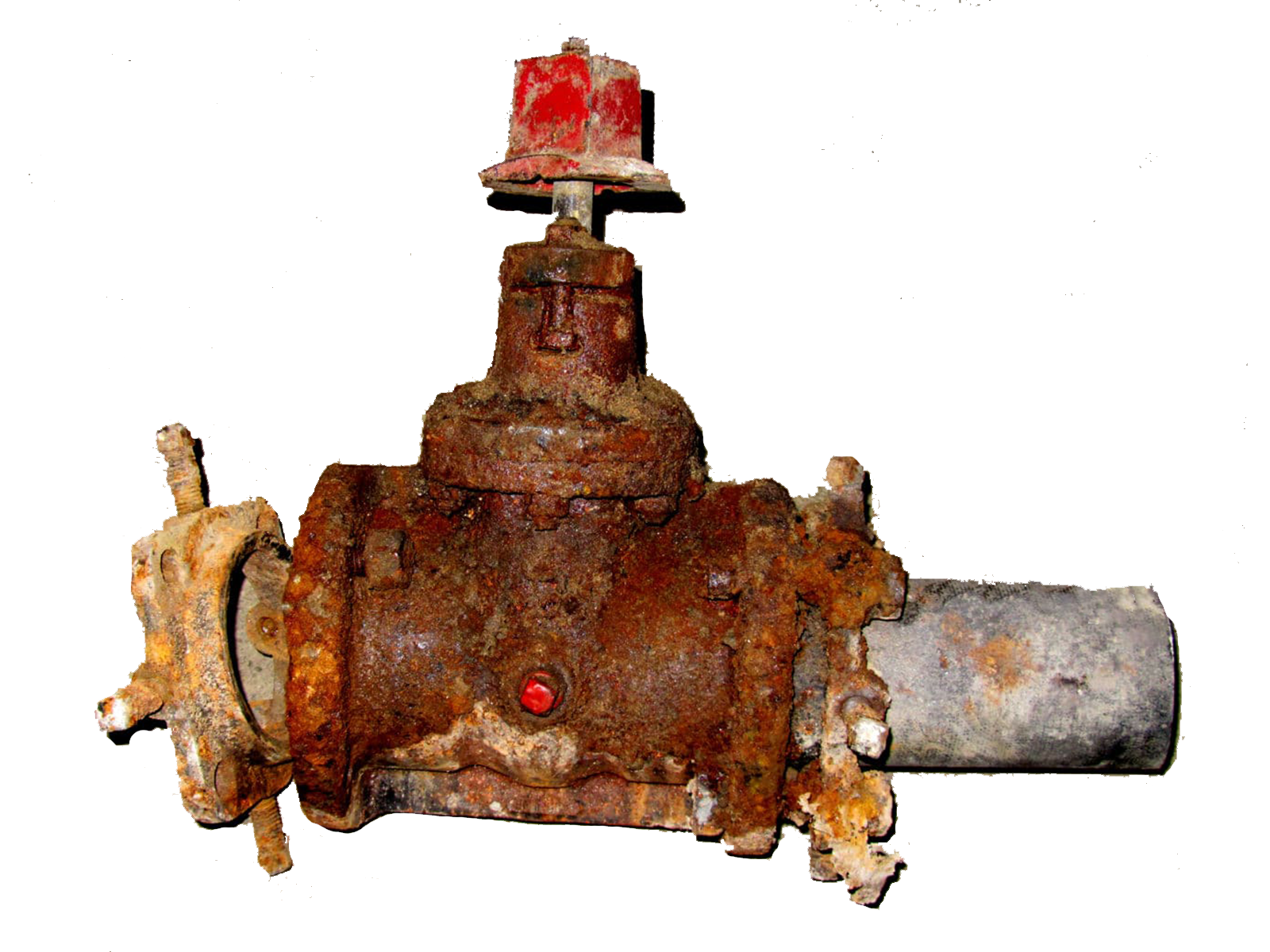


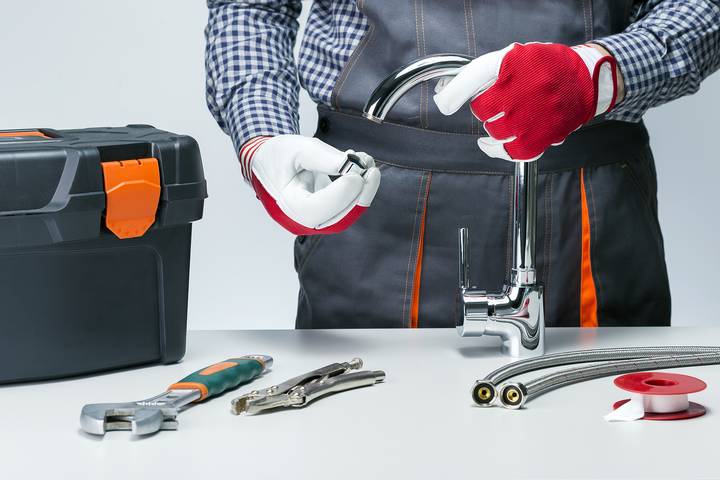






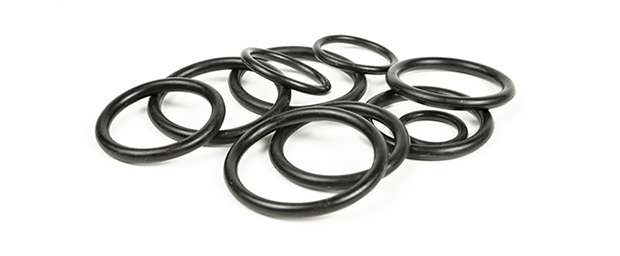





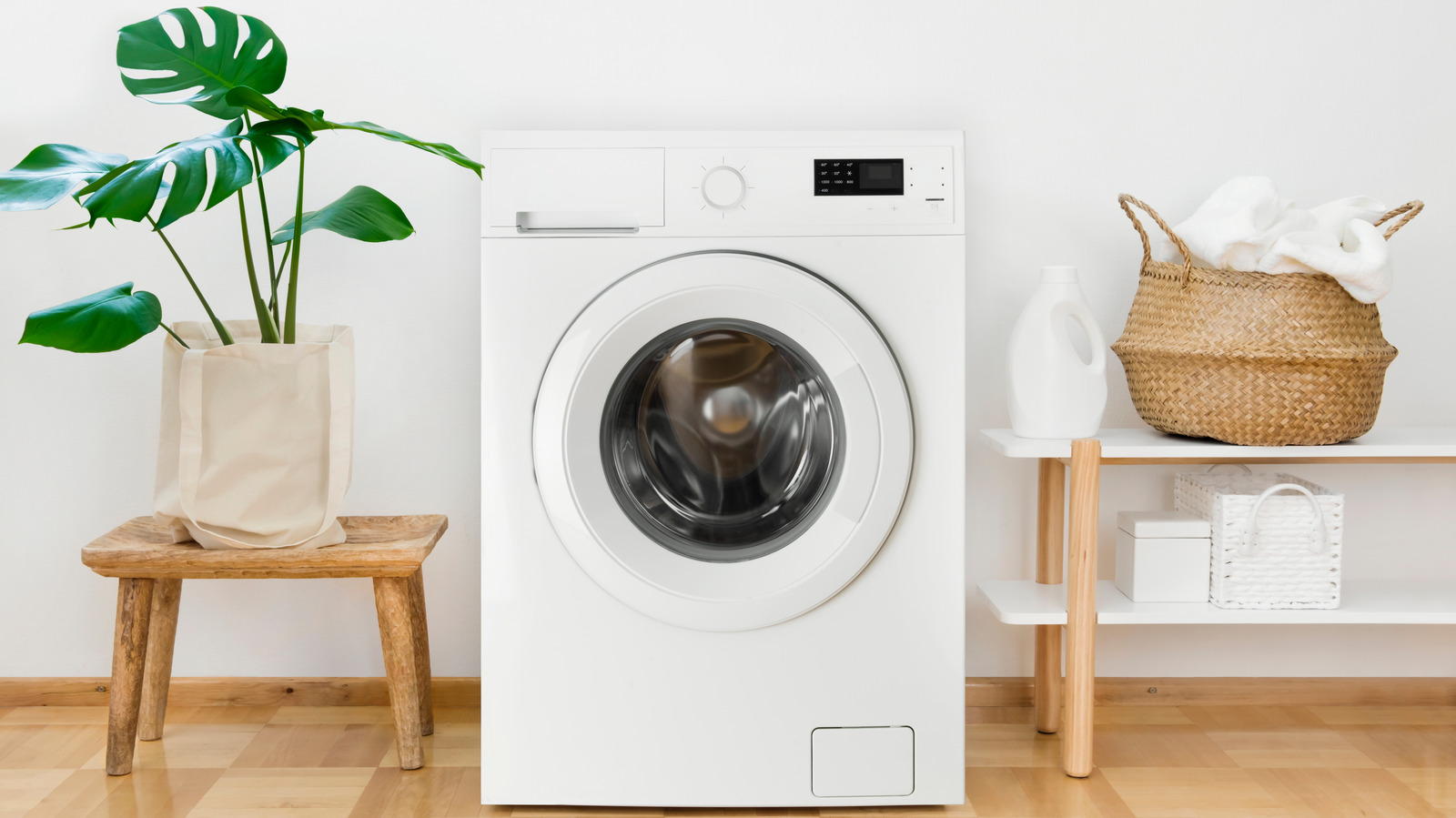
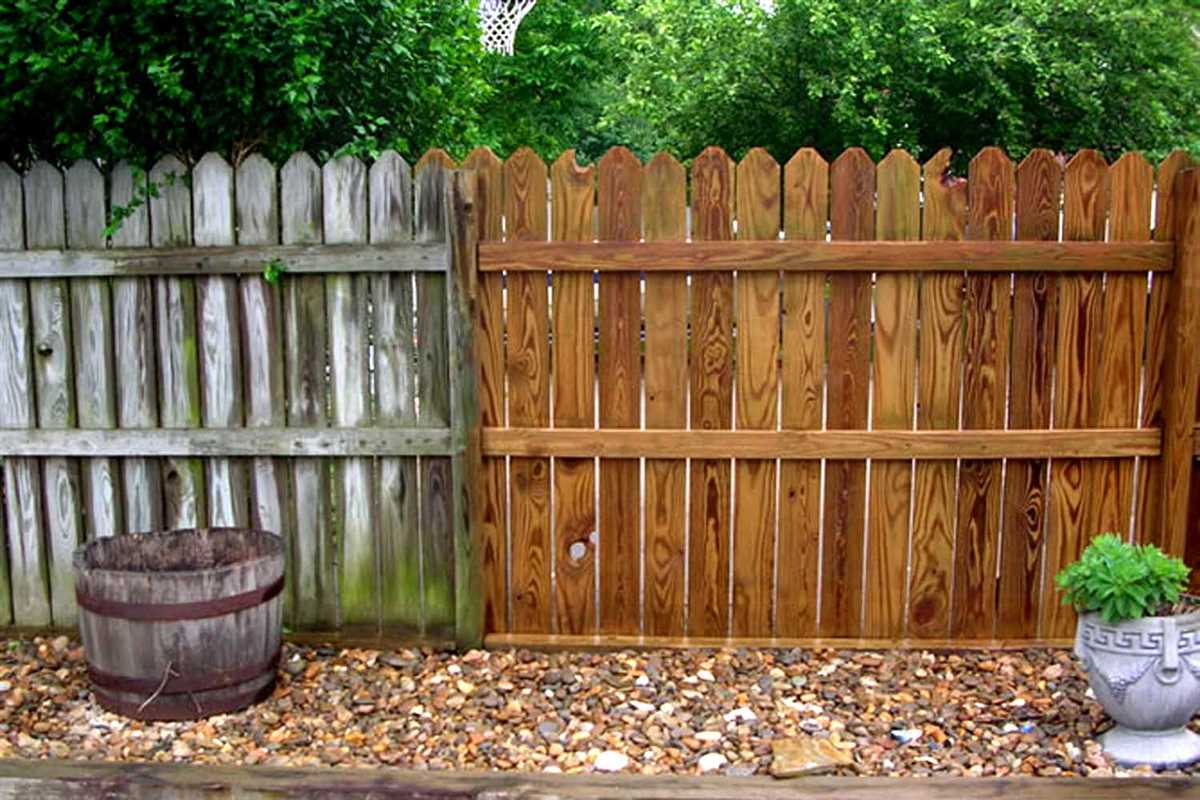




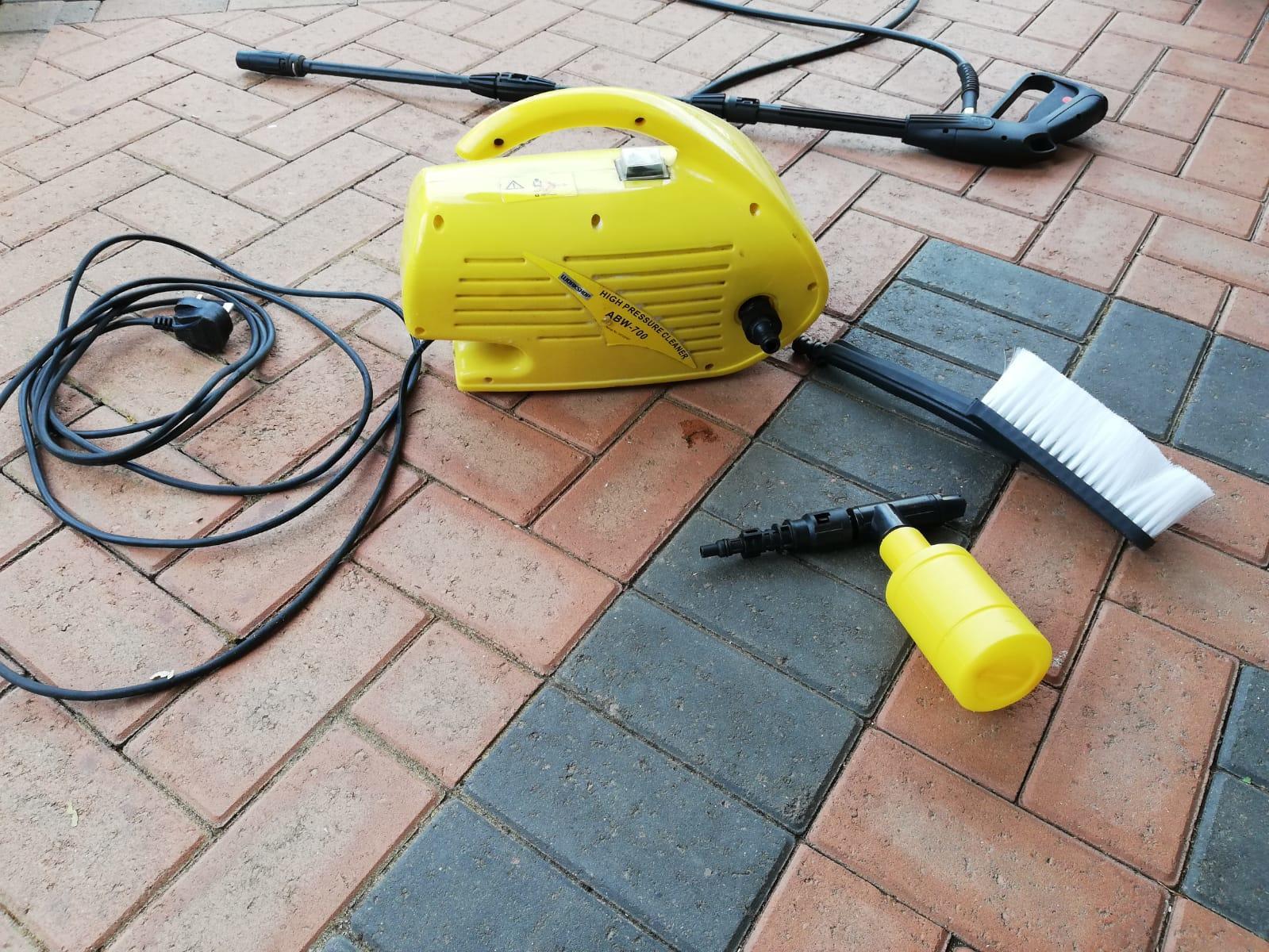

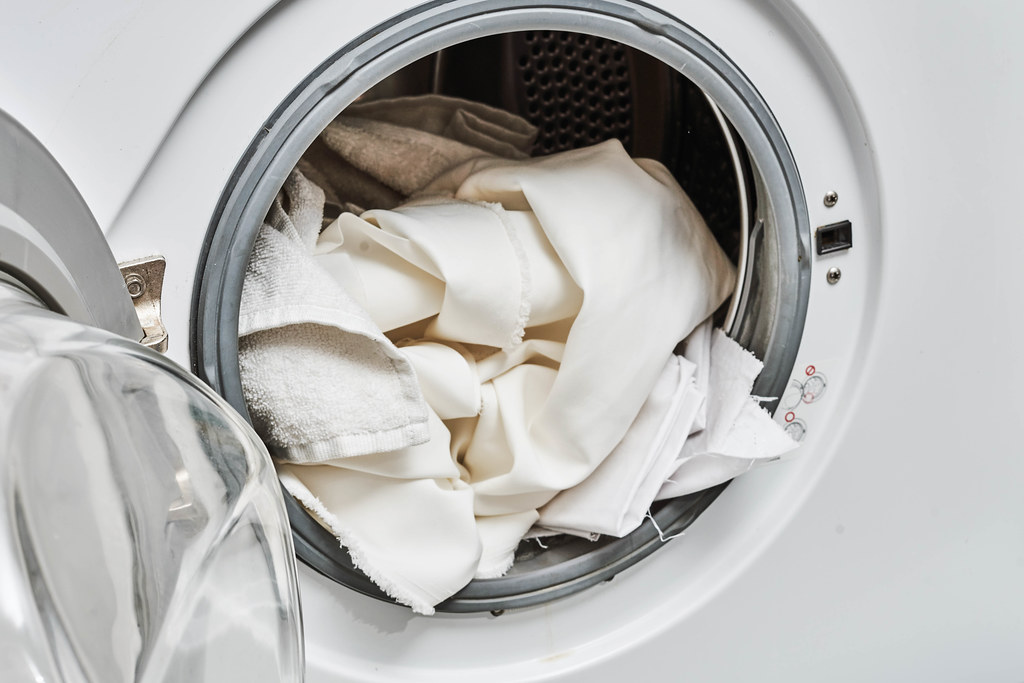
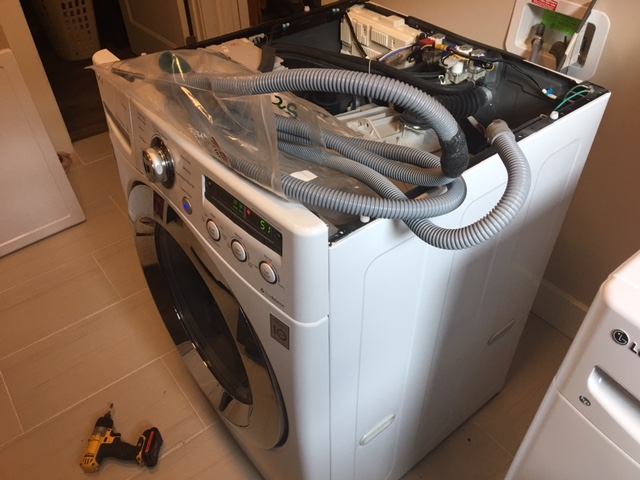








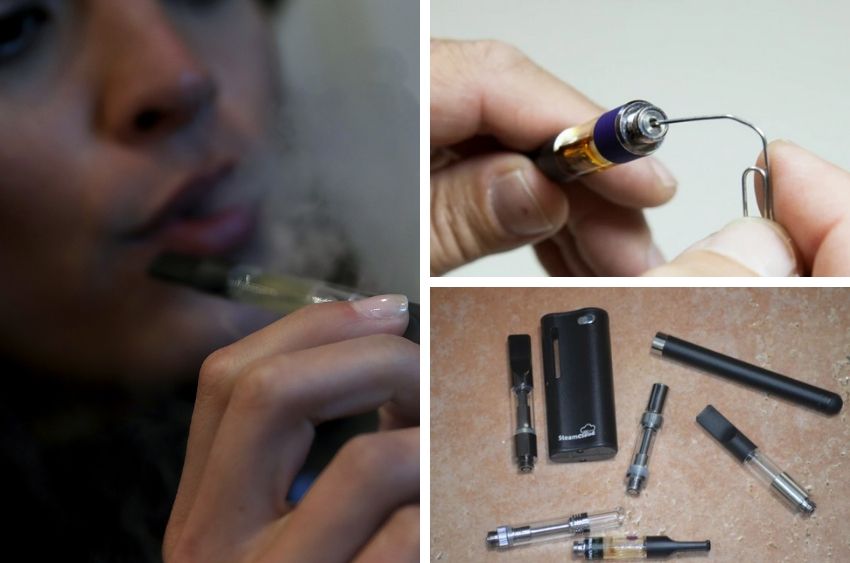
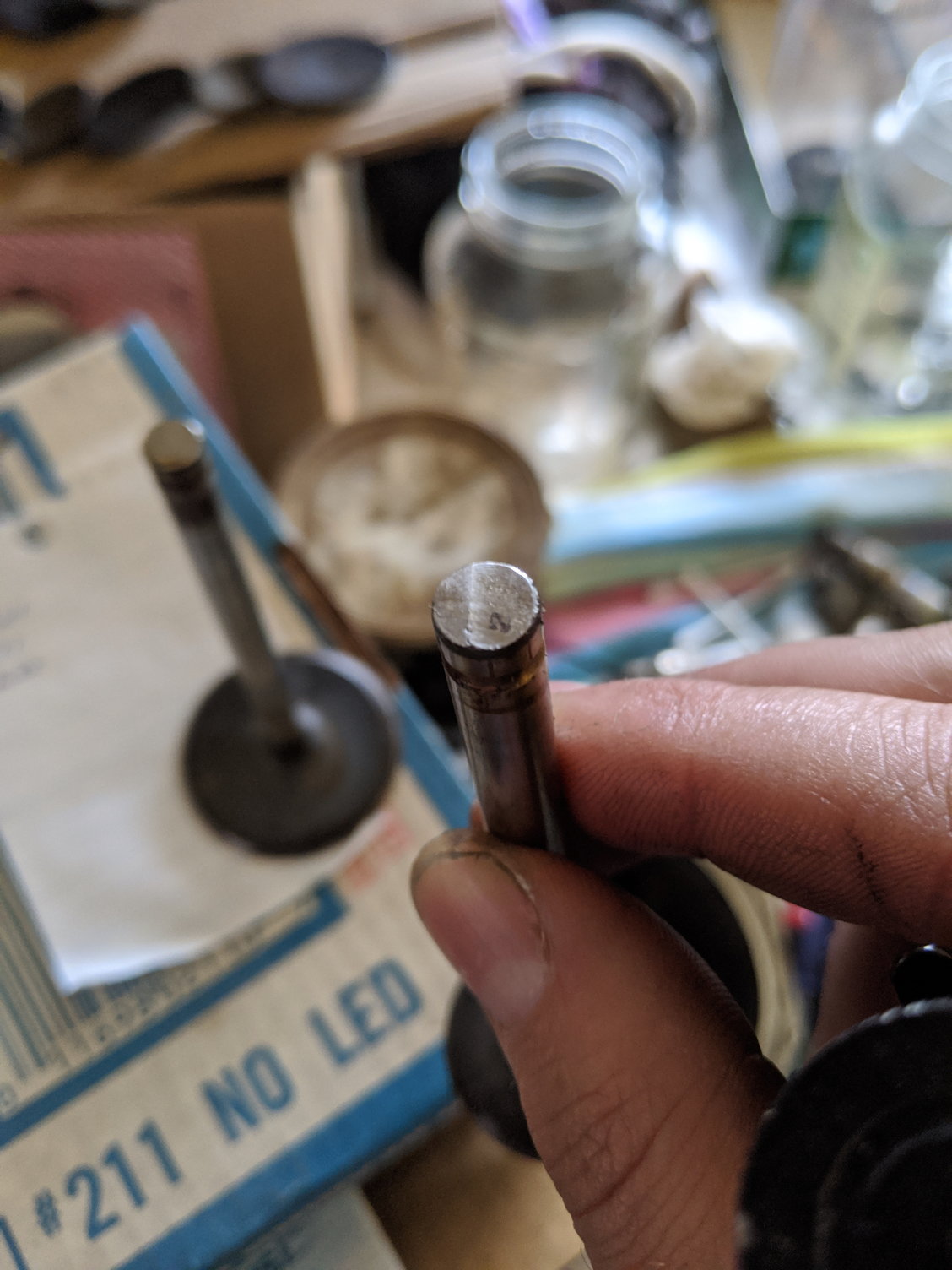






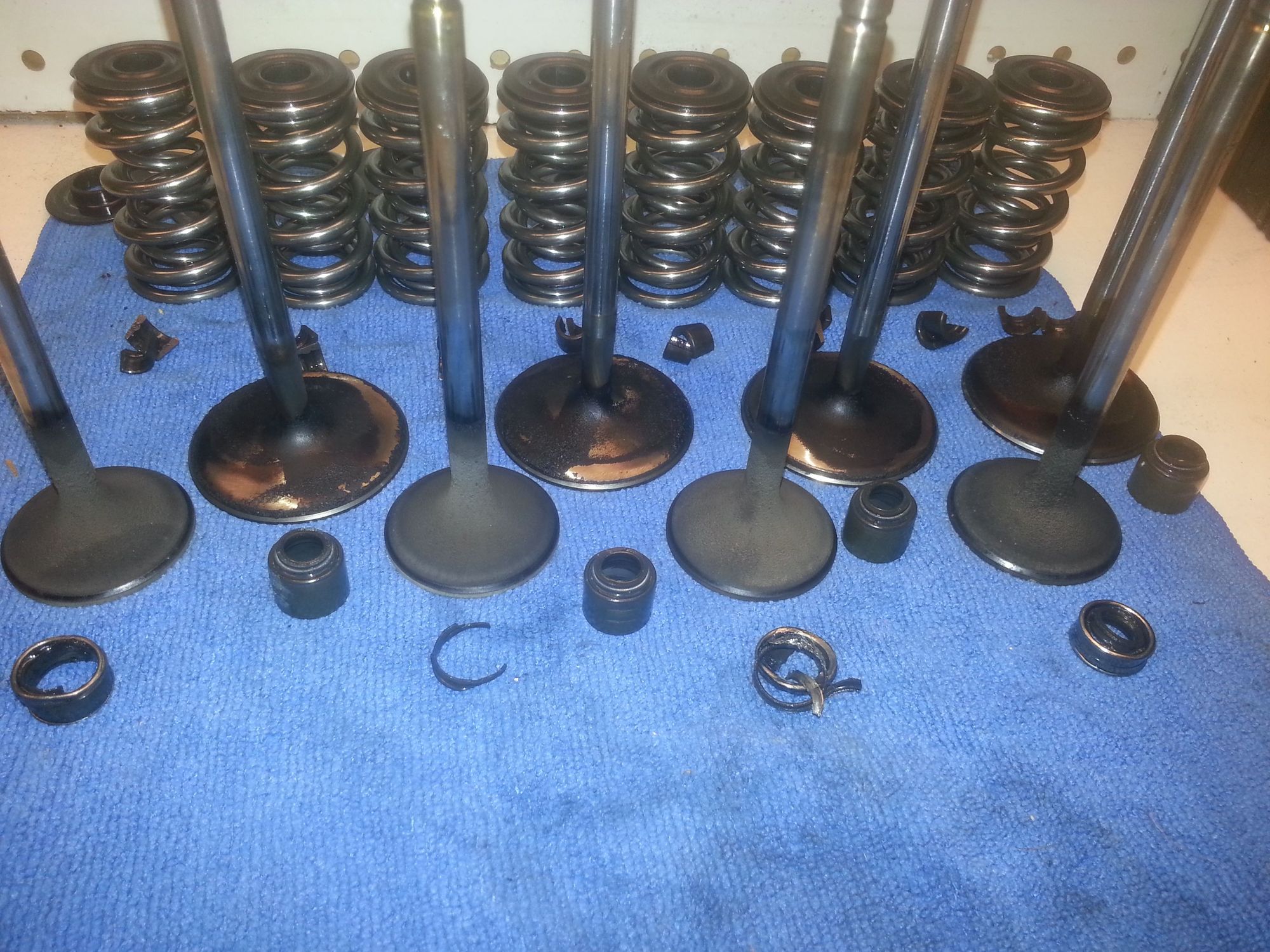
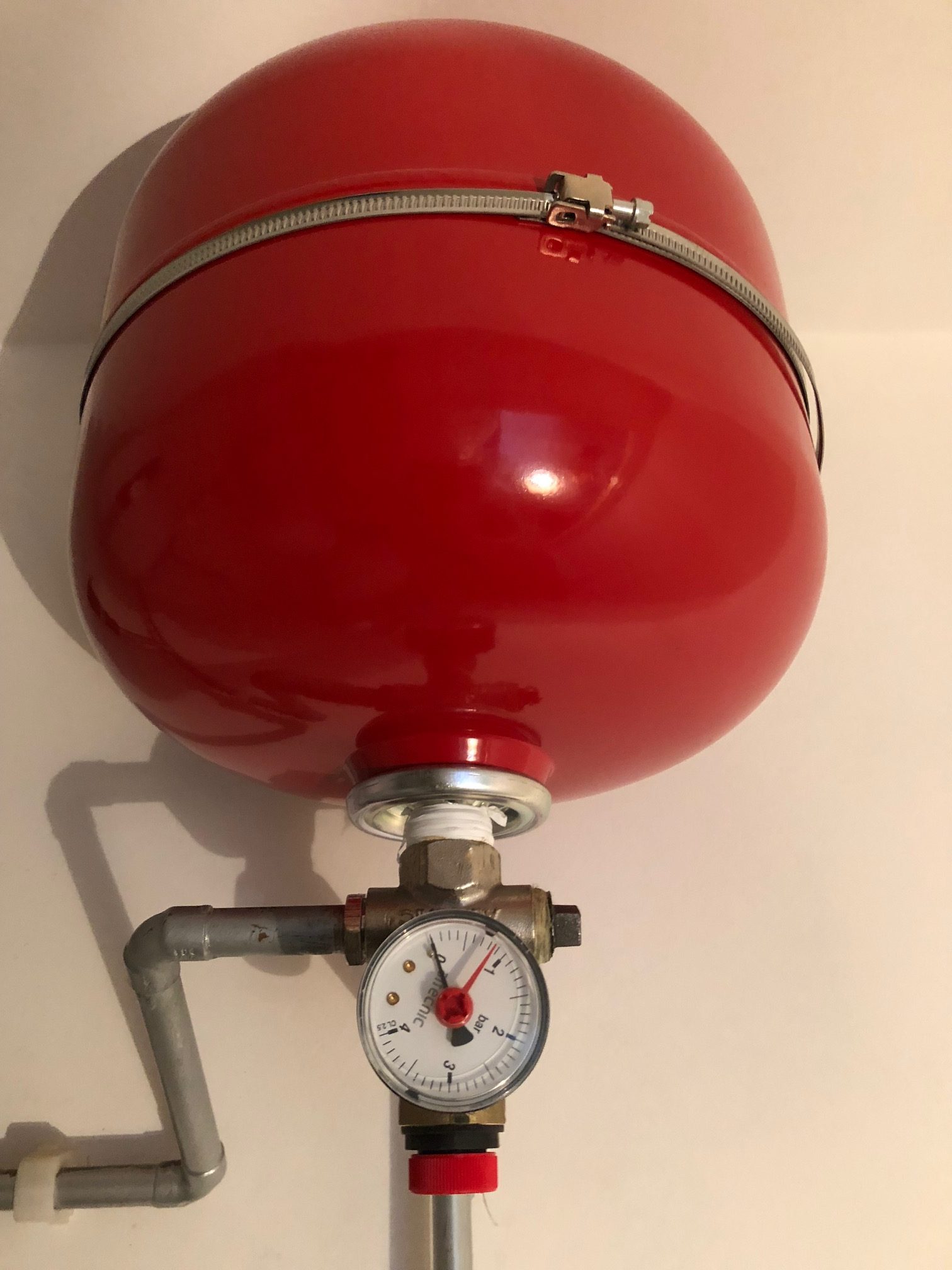

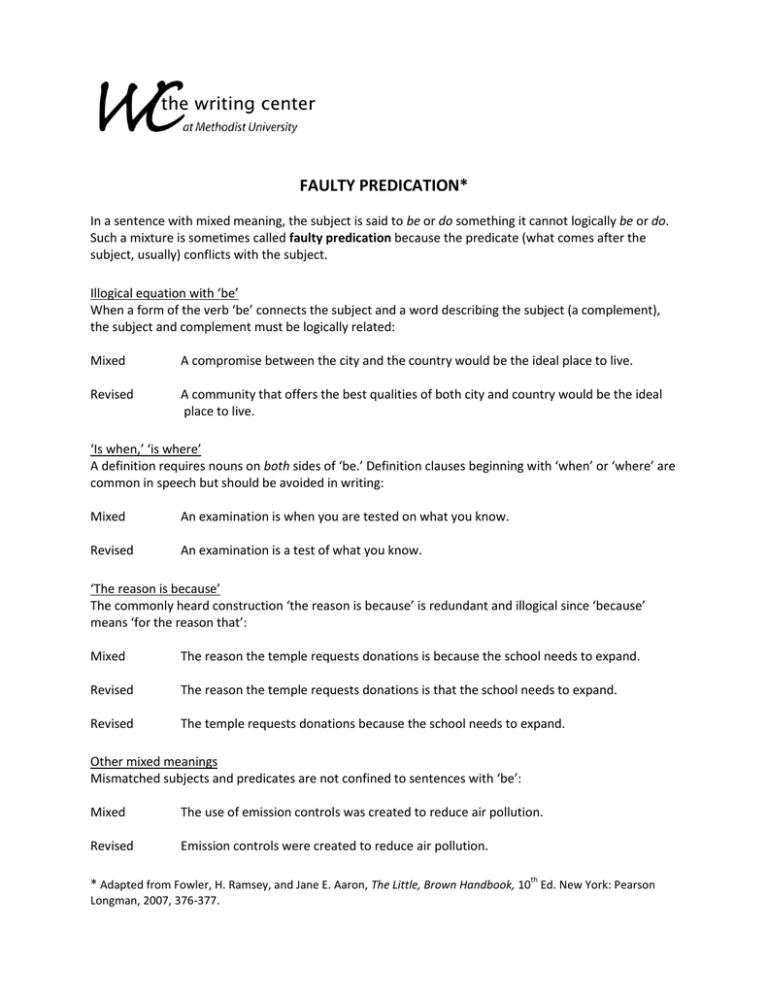
:max_bytes(150000):strip_icc()/the-men-s-hand-opens-the-ball-valve-on-the-collector-1006810456-5c5fc73fc9e77c000159c4af.jpg)
